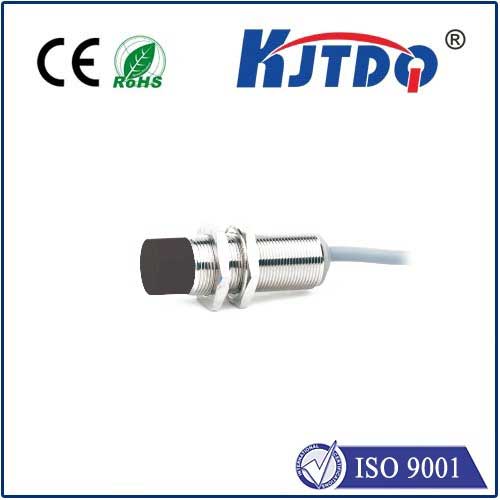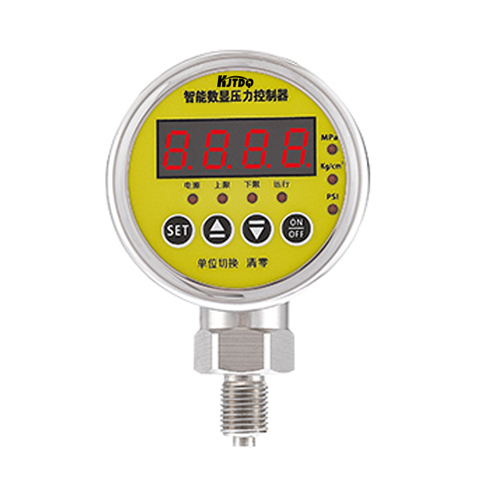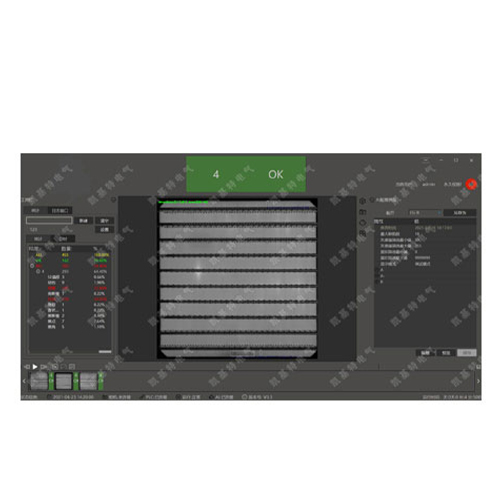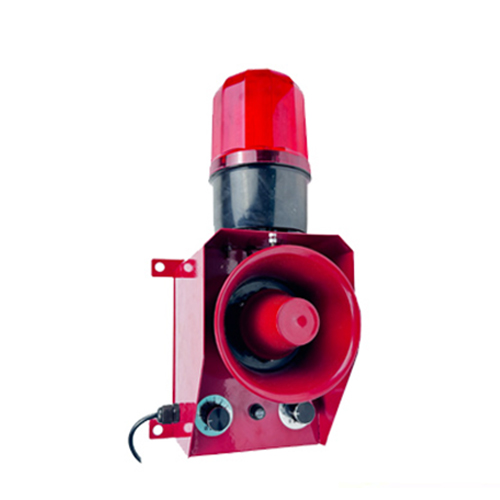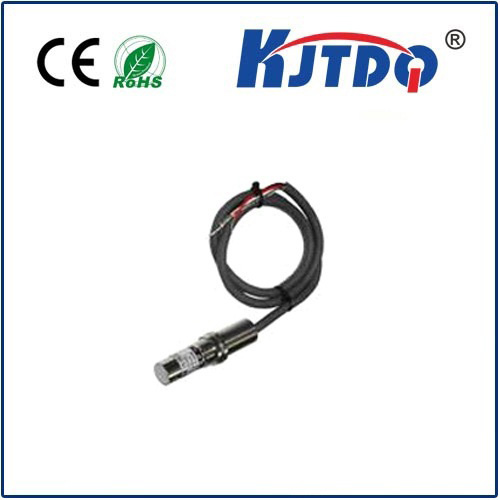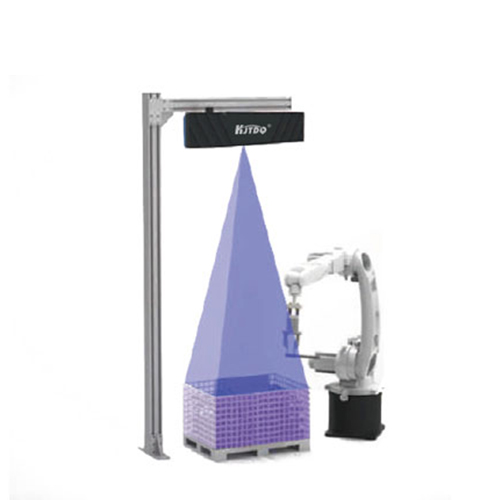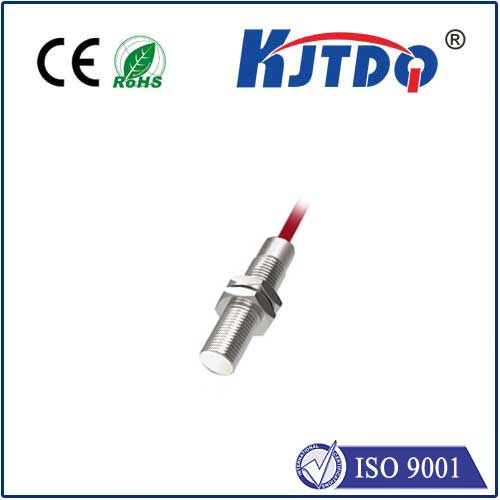plastic optical fiber sensor
- time:2025-08-16 04:28:34
- Click:0
Durable, Affordable Sensing: The Rise of Plastic Optical Fiber Technology
We live in a world saturated with sensors. From monitoring the structural integrity of bridges to ensuring patient safety in hospitals and optimizing industrial processes, the demand for reliable, cost-effective sensing solutions is exploding. Enter Plastic Optical Fiber (POF) Sensors, a technology rapidly emerging from the shadow of its glass counterpart to offer unique advantages for a wide array of demanding applications. Where traditional glass optical fibers excel in long-distance, high-bandwidth communication, POF sensors carve their niche through remarkable robustness, cost efficiency, and design flexibility, making sophisticated sensing accessible in environments previously deemed impractical.
At its core, a plastic optical fiber sensor operates on fundamental optical principles. Light propagates along a transparent polymer core, typically made of materials like PMMA (Polymethyl methacrylate) or CYTOP. Changes in the physical, chemical, or biological environment surrounding the fiber interact with this guided light. This interaction modifies intrinsic properties of the light signal – its intensity, phase, wavelength, or polarization. By precisely measuring these alterations at the detector end, the sensor infers specific changes in the parameter being monitored, be it strain, temperature, pressure, refractive index, vibration, or the presence of specific chemical species.

The compelling proposition of POF sensor technology lies in its distinct set of advantages:
- Exceptional Durability and Bend Resilience: Plastic fibers possess inherent flexibility and impact resistance far superior to silica glass. This bend insensitivity allows for incredibly tight routing around corners and through complex machinery without significant signal loss or fiber breakage. They withstand crushing forces, vibrations, and rough handling much better, making them ideal for harsh industrial settings, automotive interiors, and wearable applications.
- Significant Cost Advantage: The raw materials and manufacturing processes for POF are considerably less expensive than those for high-purity silica glass. This translates to significantly lower system costs per sensing point, opening the door for deploying dense sensor networks where economic feasibility was previously a barrier.
- Simplified Installation and Handling: The larger core diameter (typically 0.5mm to 1mm) of standard POF compared to glass fibers makes connectorization easier and alignment tolerances less critical. This simplifies field installation, termination, and maintenance, reducing deployment time and minimizing the need for highly specialized personnel. Ease of use is a major operational benefit.
- Biocompatibility and Safety: Certain polymer materials used in POF are inherently biocompatible, suggesting potential for safe integration into medical devices and in-vivo sensing applications.
- Electromagnetic Immunity: Like all optical fiber sensors, POF systems are immune to electromagnetic interference (EMI) and radio frequency interference (RFI). This makes them exceptionally reliable for use near high-voltage equipment, motors, and in electrically noisy industrial environments, ensuring signal integrity where electrical sensors fail.
These properties unlock a diverse range of sensing applications for POF technology:
- Automotive Sensing: Leveraging robustness and cost-effectiveness, POF sensors are finding roles in seat occupancy detection, gear shift position sensing, brake and accelerator pedal monitoring, and structural health monitoring within the vehicle chassis, thriving in the challenging environment of vibration, temperature swings, and EMI.
- Biomedical and Healthcare: The flexibility and potential biocompatibility of POF make it suitable for minimally invasive medical devices. Applications include endoscopes with integrated sensors, vital sign monitoring in wearable patches or smart textiles (measuring respiration, movement, heartbeat), and potentially in-situ biochemical sensing.
- Structural Health Monitoring (SHM): Networks of POF sensors can be embedded or surface-mounted on bridges, buildings, pipelines, and composite structures to continuously monitor strain, temperature, vibrations, and detect cracks or deformation. Their durability and immunity to corrosion are key assets in these long-term monitoring scenarios.
- Industrial Process Control & IoT: In manufacturing plants, POF sensors effectively monitor parameters like liquid level, flow rate (using principles like light interruption or refractive index changes), tank integrity, and vibration of machinery. Their resistance to chemicals, oils, and electrical noise is invaluable. The low cost enables dense sensor deployment for comprehensive process optimization and predictive maintenance within the Industrial Internet of Things (IIoT).
- Consumer Goods and Security: Simpler POF-based sensing finds use in appliances (position sensing, liquid detection), interactive toys, and security systems (tripwires, perimeter intrusion detection exploiting microbend losses).
Common sensing mechanisms employed with POF include:
- Intensity-Based Sensing: The most straightforward approach. Changes in the environment cause light attenuation within the fiber. This could be due to bending (microbend loss), absorption by a coating, displacement interrupting the light path, or changes in the refractive index of the surrounding medium. While simple, sensitivity can be affected by light source fluctuations.
- Grating-Based Sensors (PFBG): Similar to Fiber Bragg Gratings (FBG) in glass, Polymer Fiber Bragg Gratings (PFBG) can be inscribed into the POF core. The grating reflects a specific wavelength of light; when the grating period changes due to strain or temperature, the reflected wavelength shifts, providing a highly precise measurement.
- Interferometric Sensors: Utilizing configurations like Fabry-Perot or Mach-Zehnder interferometers fabricated from POF. These measure minute changes in the optical path length caused by strain, temperature, or pressure, offering high sensitivity in compact forms.
- Fluorescent & Luminescent Sensing: Doping the POF core or coating with fluorescent or luminescent materials whose emission properties change in response to specific analytes (e.g., oxygen, pH) or temperature allows for specialized chemical and thermal sensing.
Despite its significant strengths, plastic optical fiber sensing also faces challenges. Generally, POF exhibits higher optical attenuation than glass, limiting the effective sensing distance (though adequate for many short-range applications). Its temperature sensitivity is higher than silica glass, which needs consideration during design and calibration. While improving, the operating temperature range may be narrower than specialized glass fibers. Furthermore, the ecosystem of high-performance components (like sources, connectors, gratings) specifically optimized for POF sensing is still developing compared to its glass counterpart.
Nevertheless, ongoing research is actively addressing these limitations. Advances in lower-loss polymer materials like perfluorinated fibers, improved grating inscription techniques for higher-sensitivity PFBGs, and the development of specialized optoelectronic components are pushing the boundaries of POF sensor performance. The fundamental cost, durability, and flexibility advantages remain compelling drivers. As material science progresses and component availability improves, plastic optical fiber sensors are poised to play an increasingly central and transformative role, bringing sophisticated, resilient, and economically viable sensing solutions to complex environments across diverse industries, shaping the future of smart structures, healthcare devices, and connected systems.












